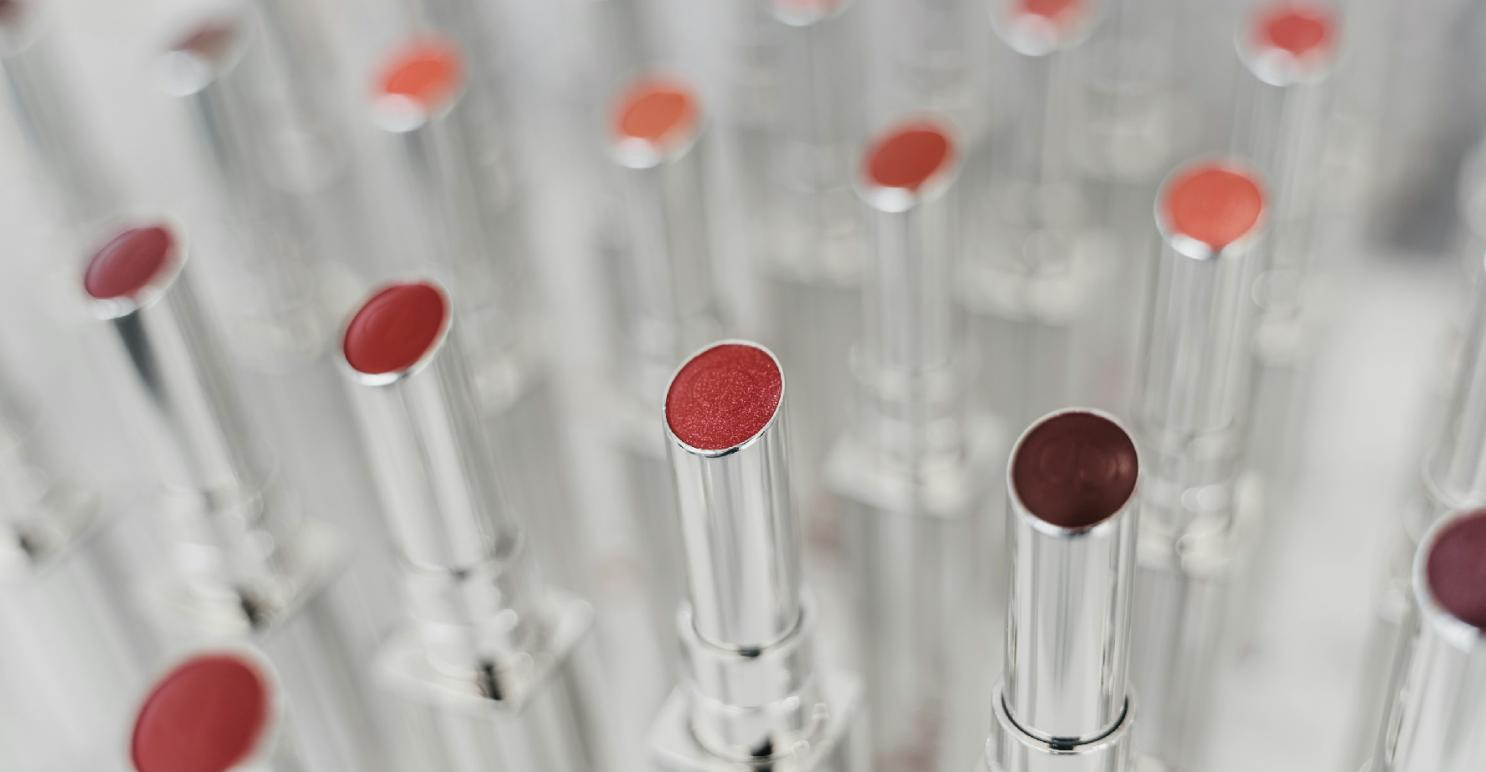Creating the perfect lipstick isn’t just about mixing waxes, oils, and colorants—it’s a delicate science where pigment selection and formulation techniques determine the final product’s vibrancy, texture, and wearability. L'un des ingrédients clés de la réalisation d'une couleur intense et résistante à la fondu est de haute qualité poudre de pigment à rouge à lèvres . Cependant, l'intégration des pigments dans une formulation sans compromettre les performances peut être difficile. From dispersion issues to ingredient interactions, let’s explore the common hurdles in lipstick development and how to tackle them effectively.
L'un des plus grands défis de formulation est de réaliser une dispersion même des pigments. When pigment particles aren’t adequately broken down or properly distributed in the base, the lipstick may apply unevenly, feel gritty, or lose its intended color intensity. The solution lies in selecting pigments with an optimal particle size and surface treatment that enhance compatibility with the formulation’s oil phase. Inorganic pigments, such as synthetic fluorphlogopite-based powders, provide a smooth, ultra-fine texture that blends seamlessly with oils and waxes, ensuring a luxurious application. Les techniques de mélange et de pré-dispersion de cisaillement élevé peuvent améliorer encore l'uniformité, créant une finition soyeuse et à fort impact.
Un autre facteur critique est la stabilité des pigments dans différentes conditions. Some colorants, especially organic pigments, tend to fade or bleed when exposed to moisture, heat, or pH variations from the lips' natural chemistry. C'est là que les poudres de pigments inorganiques avancées brillent, offrant une stabilité et une résistance supérieures aux facteurs de stress environnementaux. By using pigments with enhanced temperature resistance and non-bleeding properties, formulators can develop lipsticks that maintain their original hue throughout the day without unwanted color migration or patchiness.

De plus, l'interaction entre les pigments et les ingrédients de base de rouge à lèvres joue un rôle crucial dans les performances des produits. Différentes huiles et cires influencent la façon dont un pigment apparaît sur les lèvres, affectant l'opacité, la diffusion et l'adhésion. For example, heavier oils can enhance color depth but may impact wear time, while lightweight volatile silicones can improve glide but require careful pigment selection to prevent uneven payoff. Understanding these interactions allows formulators to balance color saturation with long-lasting wear, ensuring that the final product delivers bold, comfortable, and reliable results.
La maîtrise de la formulation du rouge à lèvres nécessite une compréhension approfondie des propriétés pigmentaires, de la compatibilité des bases et des techniques d'application. By choosing high-quality lipstick pigment powders with excellent dispersion, stability, and color intensity, cosmetic brands can create lip products that stand out in both performance and aesthetics. Whether designing a creamy bullet lipstick or a weightless liquid formula, overcoming these formulation challenges is the key to delivering a superior, trend-driven product that consumers will love.

